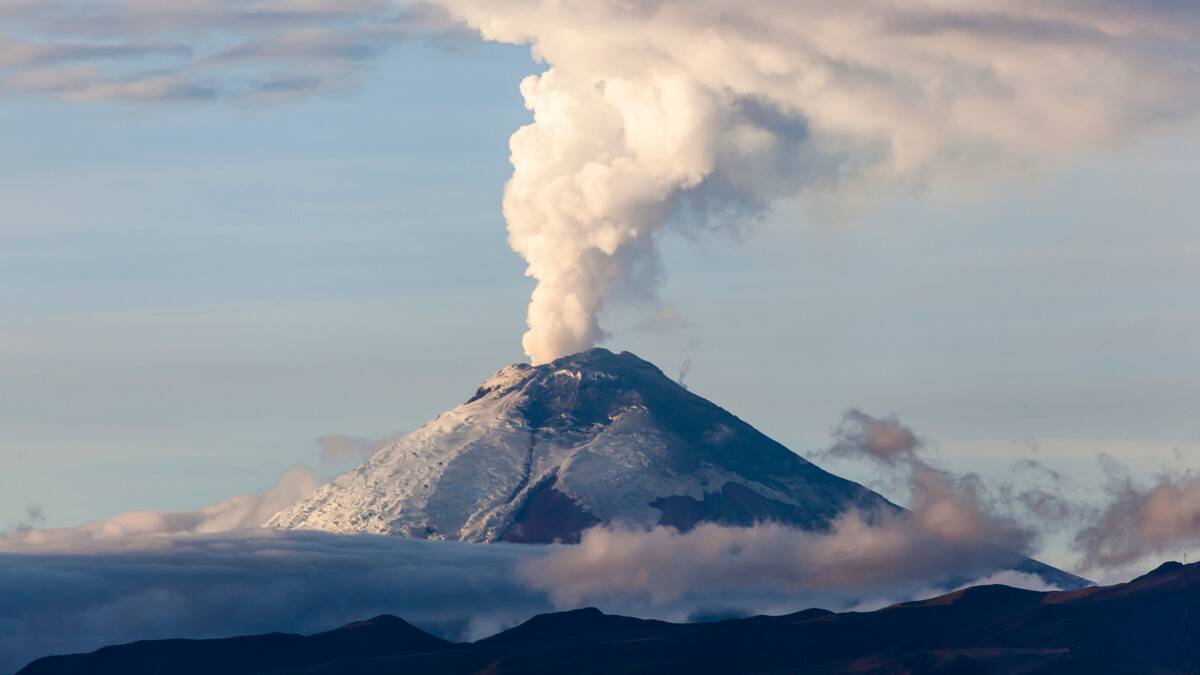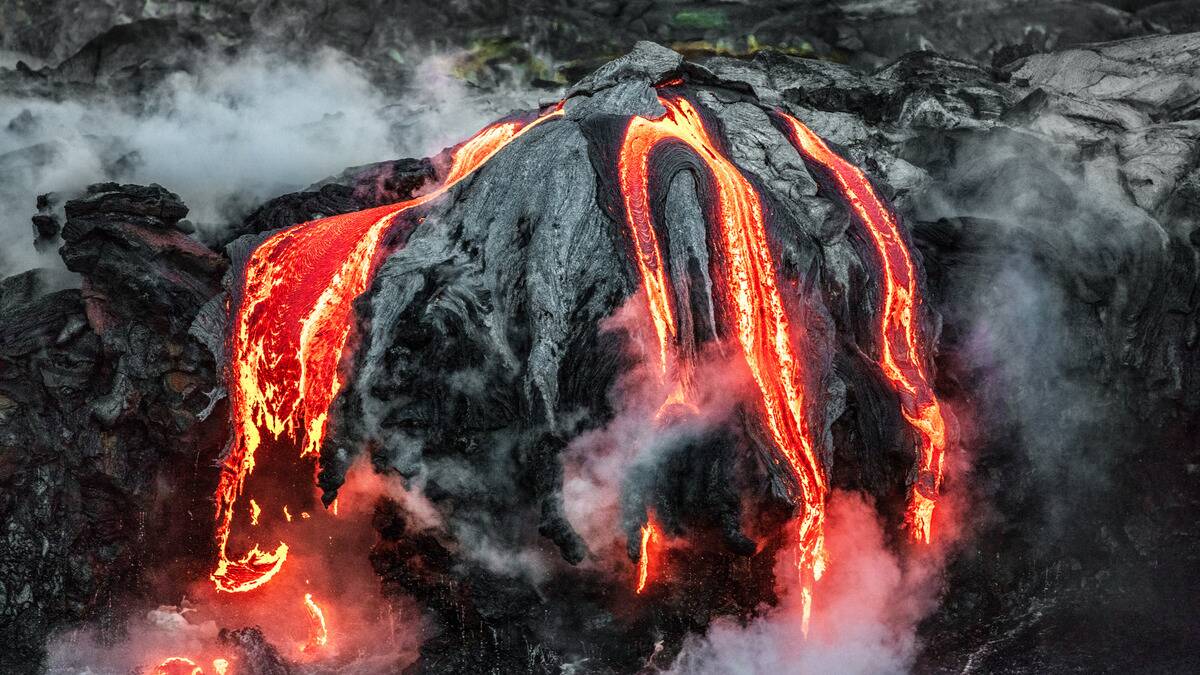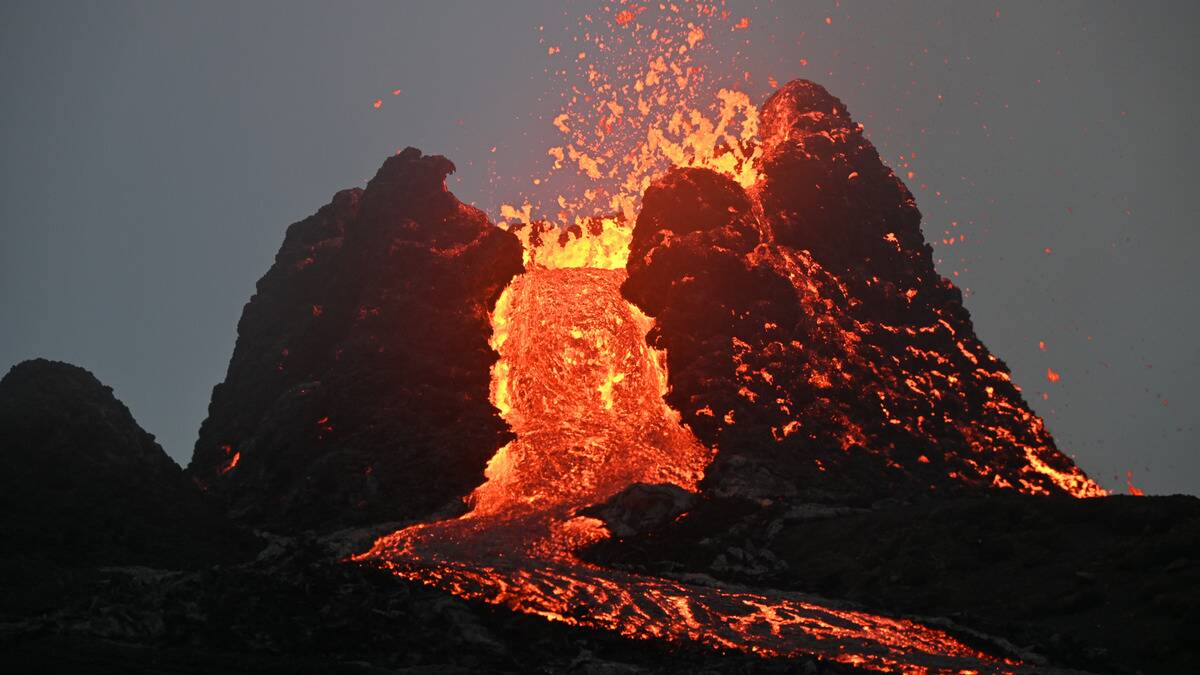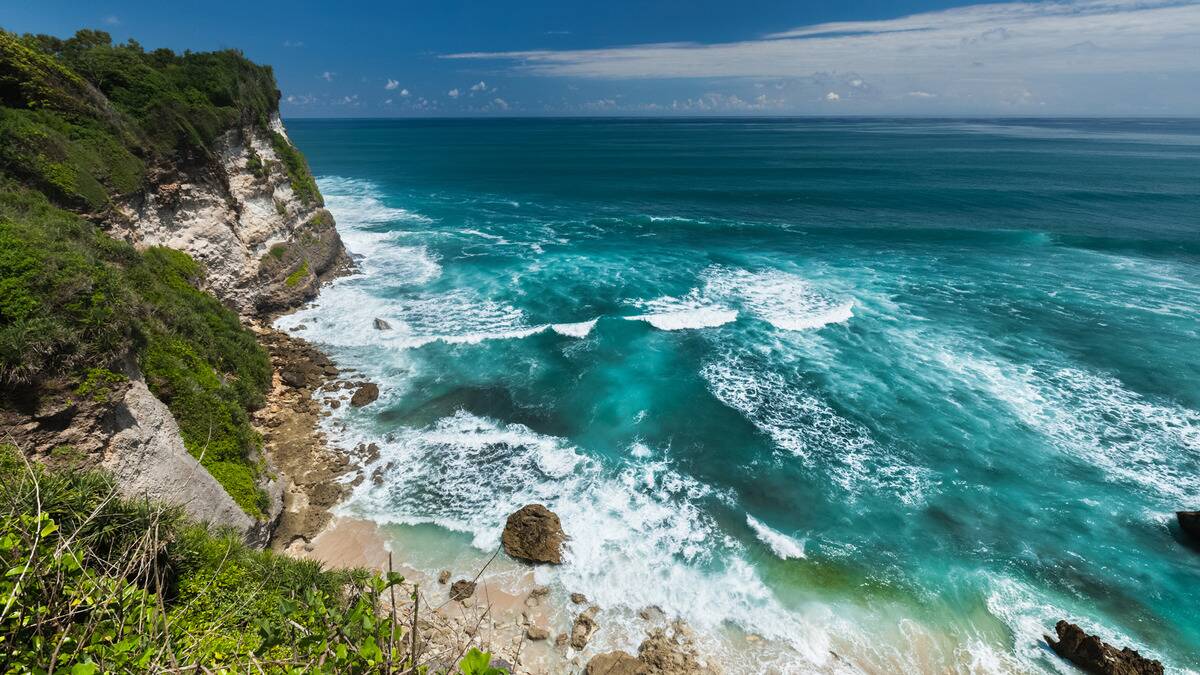An Extinct Ancient Sea Has Created A ‘Gravity Hole’ In The Indian Ocean
Despite the absolute wealth of knowledge we have at our fingertips, centuries and millennia worth of research, philosophy, art, history, science, and other teachings all just a Google search away, there remain many mysteries about our planet. There are strange happenings that researchers haven't pinned down, unexplainable natural phenomena, and everything in between!
A recent study might have solved one of those very mysteries, with a team having found a potential reason why there's something called a gravity hole in the middle of the Indian Ocean.
There are strange facets of the natural world all around us, many of which are about science but some that create bridges between science and spirituality, such as the world of astrology.
To learn some of the secrets of the stars, secrets that apply to you specifically based on your date of birth, you'll need an astrological reading. Click here to get your free reading today and see what waits in your future!
'Round It Goes

When you think of the Earth, you will likely envision it as a sphere. That's the shape we've been shown time and time again, and while it isn't incorrect, it's a little more complicated than any globe is able to show.
What it's more like, as one scientist explained it, is a "lumpy potato," which has impacts on the way some of our natural environs work. In a recent case, our uneven shape helped explain a previously incomprehensible phenomenon, the so-called 'gravity hole' in the Indian Ocean.
A Dip In The Ocean

First, what is a gravity hole? It's an area of the world where the Earth's gravitational pull is, somehow, weaker. Its mass is also lower than normal, especially since this particular gravity hole is right where the ocean dips an extra 100 meters (or 328 feet).
Geologists and other researchers have been baffled by this spot for quite a while now, unsure why it exists the way it does. Thankfully, researchers at the Indian Institute of Science in Bengaluru, India believe they've found what they believe is a possible answer to this mystery.
The Distant Past

That answer being plumes of magma that exist deep within the planet's center, plumes similar to those that lead to the formation of volcanoes. They came to this conclusion by using supercomputers to run a simulation on how this area might have formed, going back 140 million years to the present day.
"We have some information and some confidence about what the Earth looked like back then," said Attreyee Ghosh, a geophysicist and associate professor at the Centre for Earth Sciences of the Indian Institute of Science. “The continents and the oceans were in very different places, and the density structure was also very different.”
A Bumpy Road

This also coincides with the potato comment from earlier, also made by Ghosh. She again explained how the Earth isn't a perfect sphere, saying, "[The Earth is] what we call an ellipsoid, because as the planet rotates the middle part bulges outward."
"If you pour water on the surface of the Earth, the level that the water takes is called a geoid — and that is controlled by these density differences in the material inside the planet, because they attract the surface in very different ways depending on how much mass there is underneath." The gravity hole in the Indian Ocean is officially called the Indian Ocean geoid low, as it is the lowest point in the geoid, which was the original reason researchers noted it at all.
Click here for a FREE astrological reading that will tell you the secrets of what awaits in your future.
Time And Time Again

So, with all that knowledge in mind, the team planned out the simulation they were going to run. Well, they ran 19 different simulations actually, each accounting for different possibilities in tectonic plate shifting, magma behavior, and molten rock reactions within the Earth's interior.
In six of the simulations, the gravity hole formed in the exact same spot, which is a high percentage for these kinds of studies. The one thing these six simulations had in common were plumes of magma near that oceanic dip. That type of consistence has led these researchers to confidently believe that to be the cause of this gravity hole.
Motion Of The Ocean

How does a magma plume form, then? As hinted at earlier, they originated from the disappearance of an ocean that used to exist but vanished when the land mass that's now known as India drifted away from its original place and collided with what's now Asia. There was once an ocean between India and the rest of Asia, but as things moved over tens of millions of years, that ocean vanished, and the Indian Ocean took its place.
That shifting, breaking, and lowering of such large land masses are likely what caused the magma plumes that created the gravity hole, as they helped bring lower-density material closer to the surface of the planet.
What's To Come

So, what now? "That all depends on how these mass anomalies in the Earth move around," Ghosh said. “It could be that it persists for a very long time. But it could also be that the plate movements will act in such a way to make it disappear — a few hundreds of millions of years in the future.”
It's fascinating how something that happened over one hundred million years ago led to something that has baffled modern-day scientists for so long. The impact that one thing has so far in the future can never be measured; it can't be foreseen, but it can be felt.





